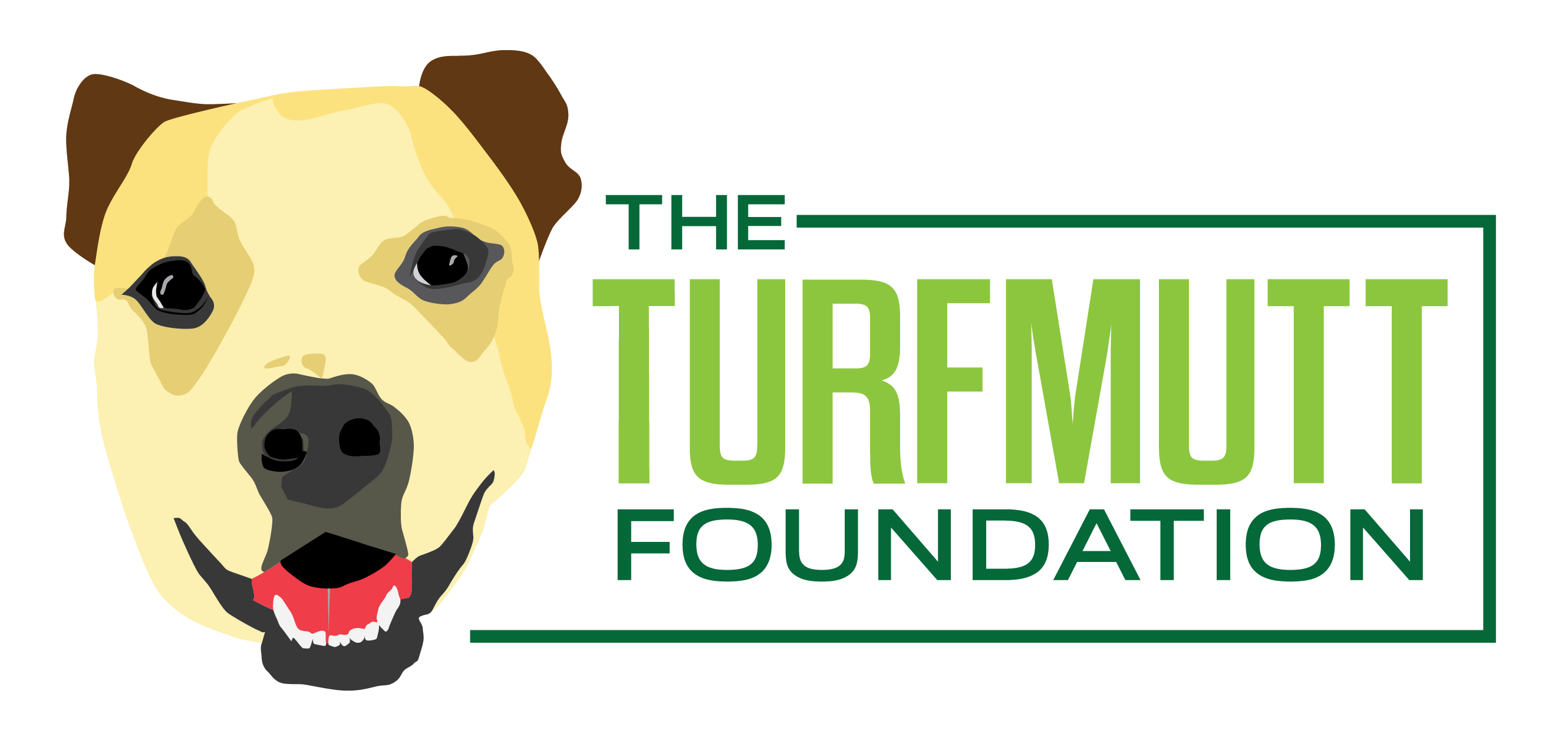Check out the new (and free!) TurfMutt Curriculum
June 12, 2023Just in time to help parents avoid the dreaded “summer slide,” the TurfMutt Foundation has released new curriculum. The educational resources are free and aligned to Science, Technology, Engineering and Math (STEM) standards for kids in grades K-8. In these materials, students explore our green spaces, carbon sequestration, and more.
Here’s a look at the 10 new lesson plans available now:
GRADES K-2
Do Trees Breath? Let’s Do an Experiment to Find Out! Students will be able to talk about how trees produce oxygen and count how many oxygen bubbles leave leaves after they are submerged in water. Download the lesson here.
Carbon Creep: It Piles Up Students will observe how much trash and recycling their household creates for one week, and then try to encourage their household to reduce waste and recycling during the second week. Results will be recorded on a chart and shared with the class. Download here.
What’s in One Square Foot of Earth? Students will go outside and observe a square foot of ground for a few minutes. They will draw pictures on their Nature Journal sheet of organisms they observe. Link to the lesson here.
GRADES 3-5
Backyard Wildlife Habitat Scavenger Hunt Map Students will create a chart logging backyard wildlife and a map showing locations of backyard wildlife and the habitats they live in to illustrate how particular habitats impact their survival. Find the lesson here.
Do We Water Plants, or Do Plants Water the World Around Them? Let’s Find Out! Students will observe how plants give off water, be able to define transpiration and describe the water cycle. Download the lesson here.
Stop the Carbon Creep: A Drama Students will explain how plants, like the ones found in yards or parks, use photosynthesis to absorb carbon out of the atmosphere. Download here.
GRADES 6-8
Nature’s Flood Stoppers: Trees Students will be able to describe how trees capture water and prevent flooding. Get the lesson here and the supplemental “Trees Tame Stormwater” poster here.
Heat Islands: They’re All Around Us Students investigate how trees, grass, asphalt, and other materials affect temperature. Based on their results, students hypothesize how concentrations of surfaces that absorb heat might affect the temperature in cities – the urban heat island effect. Find the lesson here.
Dust Busters Students will do an experiment to examine dust or particulate matter in the community and create hypotheses around where they will find the most dust. Download it here.
Stormwater Sleuthing Students will use rain gauges to measure how much water falls and then calculate how much water run-off occurs in an area. Get the lesson here.
TurfMutt is an official USGBC® Education Partner and part of their global LEARNING LAB. TurfMutt has been an education resource at the U.S. Department of Education’s Green Ribbon Schools, the U.S. Department of Energy, the U.S. Environmental Protection Agency, Green Apple, the Center for Green Schools, the Outdoors Alliance for Kids, the National Energy Education Development (NEED) project, Climate Change Live, Petfinder and the U.S. Fish and Wildlife Service.
For more information, sign up for Mutt Mail, a monthly e-newsletter with backyarding tips and all the news from the TurfMutt Foundation here. To learn more about creating the yard of your dreams, visit TurfMutt.com. Look for Mulligan the TurfMutt on the CBS Lucky Dog television show. Here is a link to download the International Backyarding Fact Book, to learn why spending time in our yards and community parks is good for us…and the planet.
